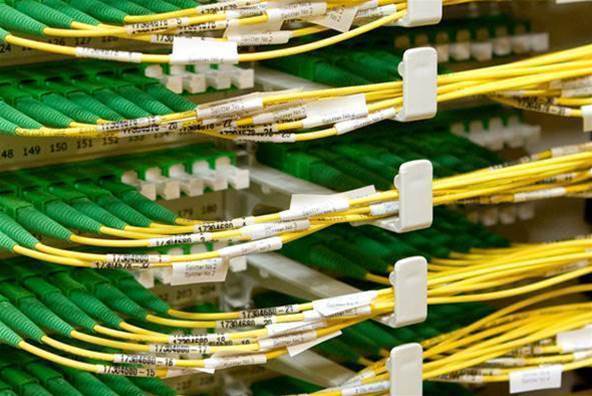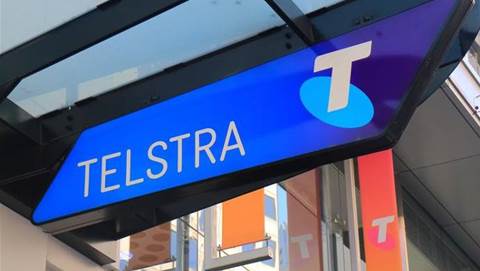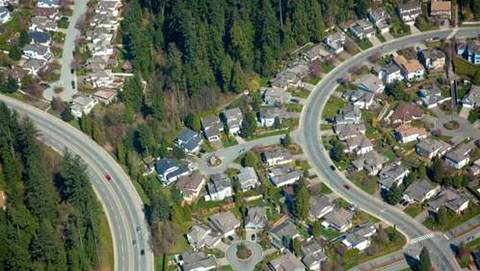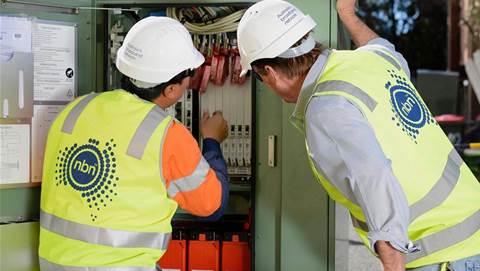NBN Co’s demand planning is being warped by unnatural movements of customers between speed tiers, as internet providers find inventive ways to save money.

These customer movements, which iTnews has reported on, can number hundreds of thousands of users at a time, and are powered by sophisticated models that constantly monitor usage patterns and look for the most cost-effective way to serve users’ needs.
It’s not been clear how often the models are used, but NBN Co alleges they are driving “high-volume, high-frequency” migrations, which it defines in a regulatory submission [pdf] as potentially “daily” interventions.
The company is worried that this activity will increase if it does not take decisive action.
NBN Co had previously encouraged providers to granularly monitor customer usage and shift them up to higher speed tiers as needed.
But NBN Co’s problem is the customers don’t stay on the higher tier - instead they yo-yo between tiers, say 50Mbps and 100Mbps, depending on which one the provider determines is cheaper to serve the customer at that point in time.
The customer sees no change to their service: if they pay for a 50Mbps service, they continue to receive it, regardless of how their plan is moved around behind-the-scenes.
But NBN Co seems unable to distinguish why customers are moving up to higher tiers - whether the move is genuine, and the customer is paying more for a faster service; or whether the move is algorithmic, temporary and comes with only marginal extra revenue for NBN Co.
That appears to be distorting demand and network planning at NBN Co: the company said it wants to avoid “having invested in network capability and performance that will not ultimately be enjoyed by end users” - which suggests it may have already made network upgrades based on polluted demand planning data, or come close to doing so.
The degree of modelling taking place, or planned, could also impact the company’s future revenue projections as well.
That’s because “sudden and unpredictable movements of large end-user cohorts” cause “fluctuations in average usage by speed tier”, which has a flow-on impact to “the average combined charge of each speed tier, which is a key input” into NBN Co’s proposed pricing.
In other words, NBN Co’s existing pricing drives internet providers to model their way to wholesale savings, activity which - by design - then feeds into future pricing, with a net effect of driving prices down, when NBN Co wants prices to go up.
NBN Co said this impact was “not envisaged” when it prepared its new pricing model.
Arresting (model) development
NBN Co now wants to eliminate the need for internet providers to do any modelling work whatsoever, which it notes could be unpopular with providers that have sunk considerable investment into the space.
It intends to do this by making the wholesale prices of 12Mbps, 25Mbps and 50Mbps services more predictable, essentially falling between a set price range (known as a ‘floor’ price and a ‘ceiling’ price).
This model somewhat lacks support, as providers would lose another mechanism that enables them to keep their wholesale prices low - the ability to pool bandwidth and share it between customers, reducing the need to purchase extra.
In particular, internet providers argue that they use the pool to cross-subsidise the needs of 12Mbps and 25Mbps users, with under-used bandwidth from 50Mbps customers.
NBN Co acknowledges that the amount of bandwidth that comes included with 12Mbps and 25Mbps is undercooked - “around 30 percent of the average wholesale price faced by an end-user on 12Mbps and 25Mbps plans would be overage”, it said.
NBN Co argues these users don’t see much of a cross-subsidy from 50Mbps users, though it only cites one month of numbers as evidence (May 2023), and it’s not clear why such a small sample size was selected to refute the argument.
In any event, NBN Co also argues that internet providers are net better off with the floor-ceiling price model - that whatever they lose in one place is offset by gains elsewhere.
Despite opposition, the company is still backing the floor-ceiling model, albeit has proposed three complicated tweaks that will likely require some serious modelling by internet providers to verify the impact of.
These change various cost inputs - the floor price, the amount of included bandwidth, the cost of overage.
Pass-through
One thing to note is that the backend modelling that internet providers have done to date has enabled them to reduce wholesale costs of serving a customer.
It’s not clear what the impact of that is: whether it enables the provider to offer more competitive retail prices, or if they absorb any cost savings. It’s possibly a bit of both.
NBN Co makes it clear, however, that it wants internet providers to give up modelling themselves, but then to pass through in full any gains they receive from NBN Co’s planned alternative mechanism.
“Lower wholesale prices should translate to lower retail prices and likely higher [uptake] of and use of the NBN network, maximising the benefits of the investment in the NBN network,” NBN Co said.
“These wholesale price reductions come at a period when there are significant inflationary pressures in the wider economy, and where NBN Co faces CPI escalations for the price of key inputs to its network.”
Drawn-out process
NBN Co also acknowledged the extended delay in reaching in agreement on price and non-price terms, with the process having run for over two years now.
The company said that in recognition, it would offer $12 million in "transitional relief" to be shared by all providers - assuming it can come up with a price model that providers and the ACCC agree to.








 Forrester Technology & Innovation APAC 2023
Forrester Technology & Innovation APAC 2023


















